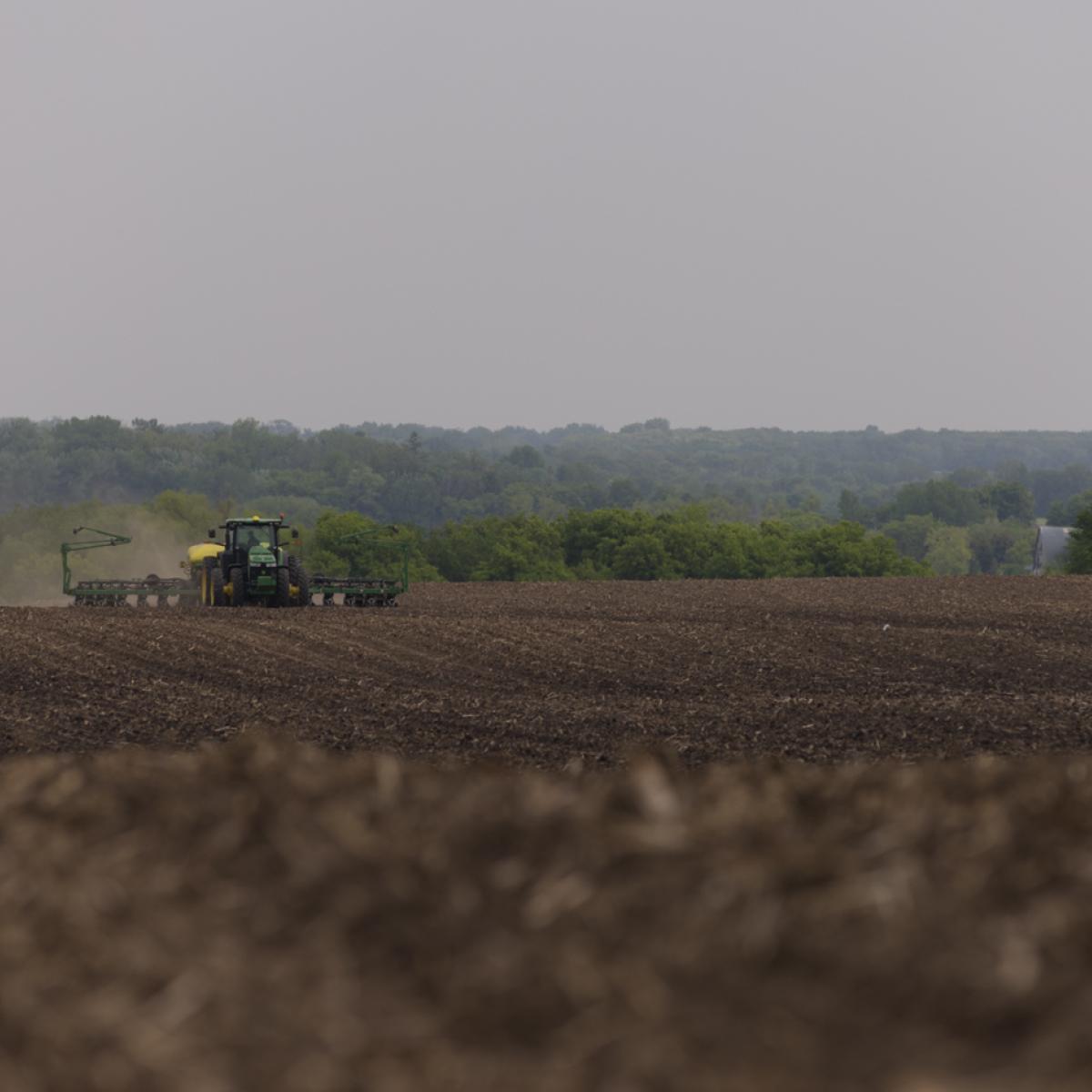
Redefining How We Do Crop Protection

There’s a new way of thinking when it comes to crop protection. New biological tools and innovations in traditional chemistry have swung the doors wide open for more proactive planning. An increase of using At-Plant crop protection is getting a new look, thanks to unique innovations, equipment and more. Let’s take a closer look at how a fully integrated At-Plant approach can help elevate crop protection.
The basics: What is an At-Plant Approach?
Putting an At-Plant approach into action begins with taking a step back and recognizing planting can be should be more than just planting. Big-picture, proactive thinking can help combat some of the threats that diminish the yield potential of your investment. Putting it into play, an At-Plant management strategy harnesses the technology and inputs available to help maximize every pass across the field while providing benefits all season long. Crop protection is a key part of that and is not just a reactionary tool.
Why is now the right time for this shift in thinking? Much has changed in the last two decades. First, agronomic research continues to underscore that early growth stages are crucial to yields and contribute to a successful harvest. We also recognize that seed traits cannot bear the pest and disease burden alone. As an example, corn rootworm continues to challenge growers and has found the ability to adapt to traits and other management practices. Overuse of one or two specific management tools have driven these tools to failure. A more balanced approach that combines unique or rotated crop protection chemistry with seed traits and practices has proven to be more successful.
Equipment at the ready
Today, 51% of planters are equipped with a liquid application system, and that number is expected to grow as these systems become factory standard. Though most of those systems are committed to starter fertilizer, other inputs are being added to the tank. For example, in the last 10 years, according to industry data, fungicide use via planters with liquid application systems has grown from 3% in 2018 to 8% in 2021.
As if watching the weather forecast isn’t stressful enough during the growing season, making the call to do an in-season application to fight a specific disease or pest is just as stressful. The financial burden of multiple passes should be driving growers to think more proactively next season. At-Plant crop protection helps work ahead against in-season threats.
Threats to face
Pests like corn rootworm and nematodes and diseases like gray leaf spot and Northern corn leaf blight are the primary targets of At-Plant crop protection. Both traditional and biological chemistries are becoming mainstream. Above- and below-ground threats can be addressed with these solutions from FMC: Ethos® XB insecticide/fungicide, coming soon, new Ethos® Elite LFR insecticide/biofungicide, Xyway® LFR® fungicide or Zironar™ biofungicide/bionematicide.
Crop protection is no longer limited to being reactionary. Especially with At-Plant, the opportunity to, proactively think big picture can set your season up for fewer headaches. But less can become more: a more established stand, healthier plants from the beginning and more yield at harvest. It’s time to redefine when crop protection is used as a tool and recognize the possibilities when an At-Plant approach is used.
Ethos XB insecticide/fungicide is a Restricted Use Pesticide. Always read and follow all label directions, precautions and restrictions for use. Some products may not be registered for sale or use in all states. FMC, the FMC logo, Ethos, LFR, Xyway and Zironar are trademarks of FMC Corporation or an affiliate. ©2023 FMC Corporation. All rights reserved.


